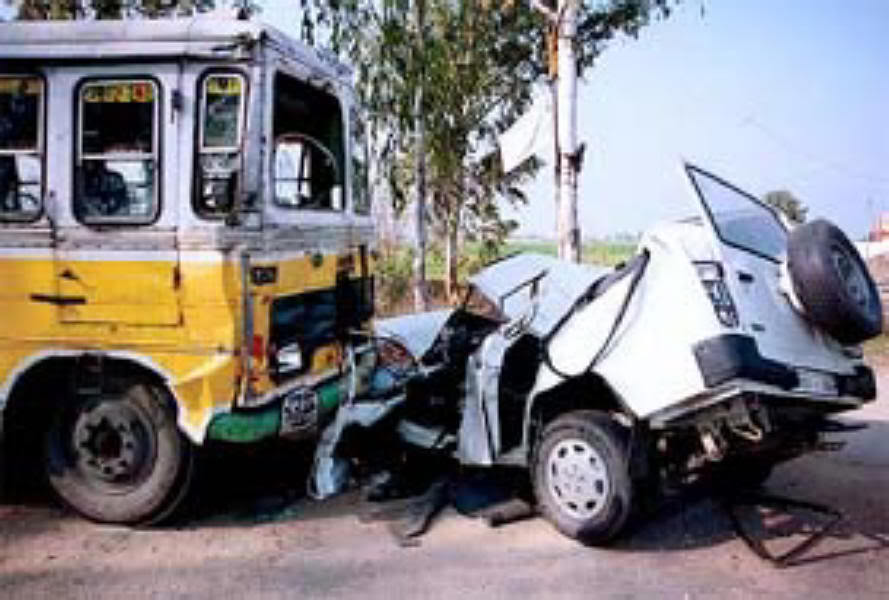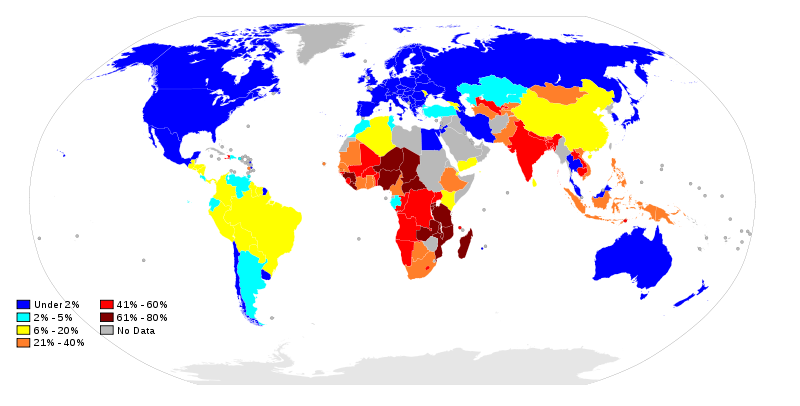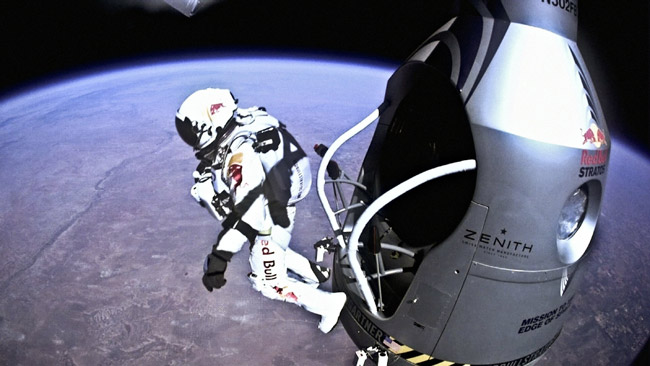The year 2012 started with Laura Dekker, a sixteen year old Dutch/German/New Zealander becoming the youngest person to circumnavigate the globe single-handed in a boat. (Read: ‘The Lure of Going on A Limb’) That was on the 21st of January. The year ended with a 23 years old girl in Delhi being gang-raped in a bus (on the evening of 16 Dec); which finally resulted in her death (13 agonising days later). A newspaper called her Nirbhaya (Hindi for Fearless) not only in deference to the identity of a rape victim to be protected but also to express the hope that human spirit can never be crushed even by the act of the rapists.
a boat. (Read: ‘The Lure of Going on A Limb’) That was on the 21st of January. The year ended with a 23 years old girl in Delhi being gang-raped in a bus (on the evening of 16 Dec); which finally resulted in her death (13 agonising days later). A newspaper called her Nirbhaya (Hindi for Fearless) not only in deference to the identity of a rape victim to be protected but also to express the hope that human spirit can never be crushed even by the act of the rapists.
Nevertheless, we in India, and especially our women, cannot be faulted in forming the opinion that it is easier for a girl to go around the earth in a boat; but, it is fraught with untold dangers and risks for her to take a bus-ride in Delhi, the (rape) capital of India.

Similarly, on 15th of Oct this year Felix Baumgartner jumped from the edge of space and had a free-fall so as to break the sound-barrier at Mach 1.24 or 833 mph. He jumped from a height of 128,000 feet or 25 miles and landed safely in the desert.
A week before that, The Times of India reported that one in every ten deaths in road accidents in the world occur in India; which is in sharp contrast to India having only 1% of vehicles in the world. This makes it 14 people dying of road accidents in India every hour. We don’t have to go to the edge of the space and jump to get the thrill of near death; we get it everyday on our roads. Yes, the authorities are to be blamed for the poor state of our roads. However, making driving dangerous in India is our own doing. We have no one to blame. (Read: ‘Why Must We Love Indian Roads’ and ‘We Are Like That Only’ and ‘If You Drive In India – Part I’, and Part II)

India now has some of the richest people in the world. We have as many as 61 billionaires (counting only those with declared income and not the Ponty Chadha types who grew empires under the very nose of the authorities). The Forbes magazine reported in Oct 2012 that the net worth of 100 richest Indians is $ 250 billion. The estimate of our GDP is $ 1.84 trillion. We are now the tenth largest economy in the world in real terms and third largest in purchasing power parity. And yet, we have the largest populations of poor in the world; a UN Survey in Nov 2011 showed that in the eight northern states of the country we have more poor than in the whole of African continent. Our farmers routinely commit suicide unable to pay loans they take for crops. We are ranked between 120 to 150 in all indices of human growth. However, our state arrogance routinely tout us as very close to becoming a “world power”. We have between 40 to 60 per cent of our people living below the UN designated $1.25 per day mark for poverty.

One in every six people in the world is now an Indian. Yet, in the Olympics, with our best performance ever in the number of medals (2 silver and 4 bronze) we were ranked 55th. (Read: ‘Olympics Are Biased Against Indians’) Cricket is the only game in which we are somewhere in the top; but, getting there makes us so complacent that we again start competing for the bottom immediately after reaching those heights. Indeed, a jamboree called IPL shows that we like to gloat in money power more than any finesse in the actual game.
Our judicial system is so bad (Read: The Great Indian Judicial Circus) that most Indians do not hope to get any justice during their life-time. The Times of India reported on 05 Oct 2012 that we have now 43.22 Lakh cases waiting only in High Courts. As far as numbers in lower courts are concerned one can only say that whilst in positive indices we are at the rock-bottom, in negatives (like road accidents) we are the toppers.
On 5th of Dec this year The Indian Express reported that despite all the focus on anti-corruption campaigns in India (Read: ‘Anna Hazare and the Indian Democracy’; and ‘Anna Hazare and the Indian Middle Class’; and ‘Indians Bartering Character for Prosperity’), India is ranked 94th in Corruption Perception Index (CPI)Ratings by Transparency International.
Our cities and towns are now unliveable with filth and chaos everywhere. Diseases like dengue are assuming alarming proportions (Read my humorous take on potential for energy through waste: Good New for Mumbai). Mumbai recently got ranked as the filthiest big city in the world and Delhi is not far behind.
I can go on and on. Lets see where the hope lies. Some said at the height of our anti-corruption demonstrations this year that the end of patience of our people has been reached and people are now prepared to show zero-tolerance towards corruption. My take on this was that corruption doesn’t exist only in higher circles in India; we are all part of it when we indulge in petty bribe taking and giving. We too have to stop this scourge from spreading just as we accuse those in power.
One of the best programmes that came about the problems that the country faces was Aamir Khan’s Satyamev Jayate. The programme research and presentation were of very high order. It cautioned people against seeking quick-fix solutions but wanted people to at least take the first steps towards putting things right. (Read: ‘Born Free? Satyamev Jayate? Lets Work Towards It’)
That outstanding programme shouldn’t be a distant memory with us as we show angry response from one issue to the other. As 2012 comes to an end lets all resolve that we shall actually do all those things that are necessary to make India a great country and Indians happier, safer, securer, healthier and more knowledgeable.
Here is wishing all my readers a very happy new year: 2013.

Test comment